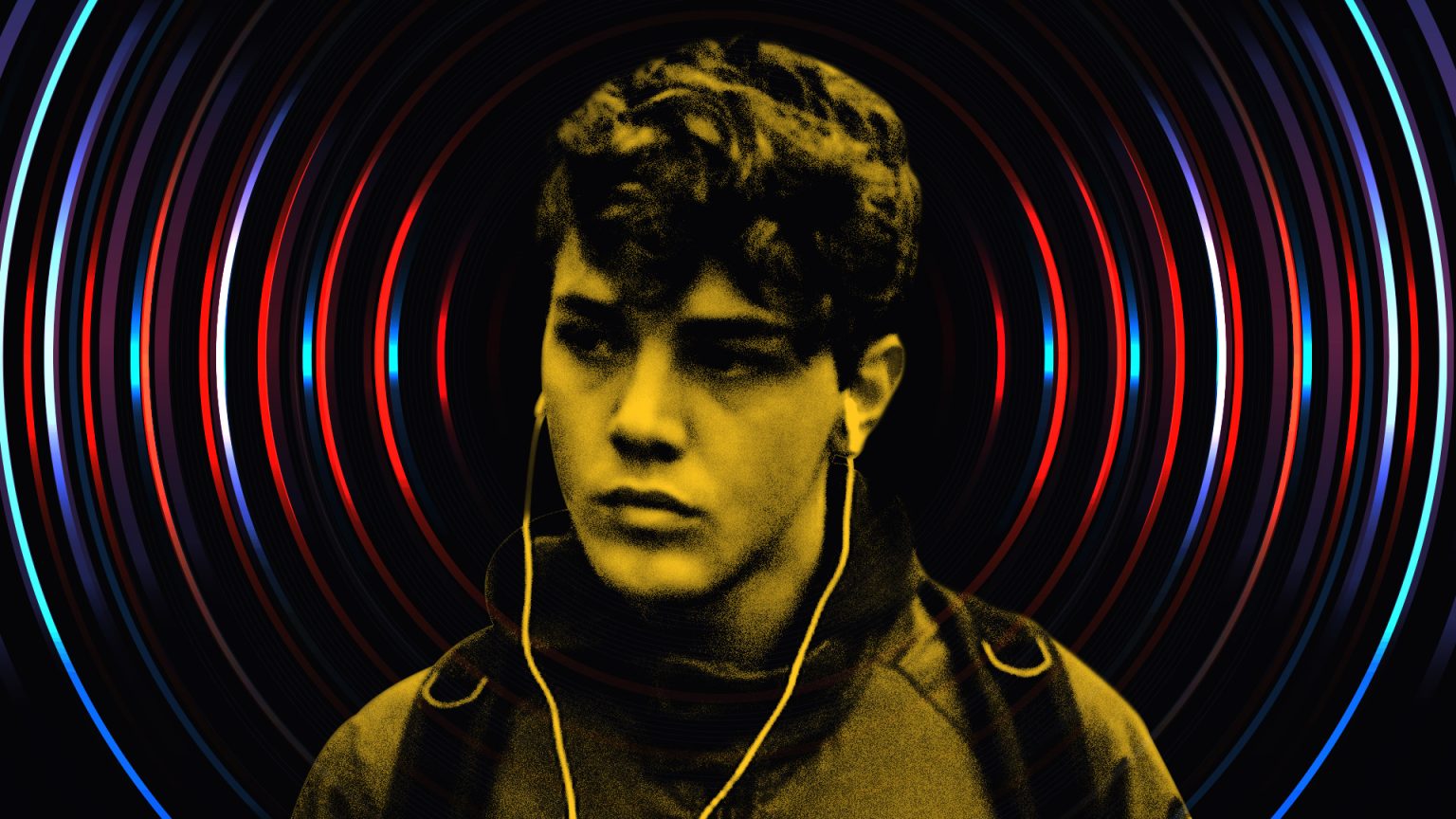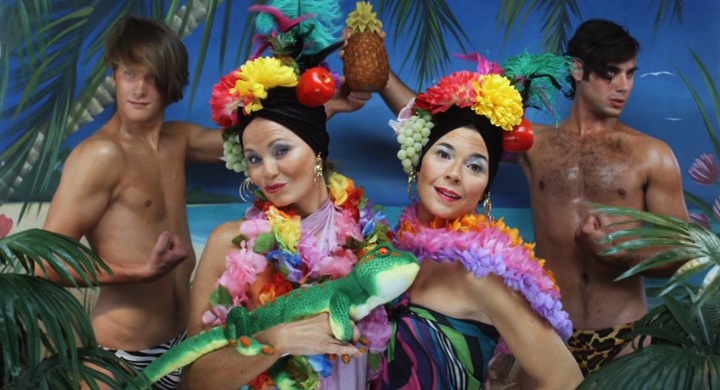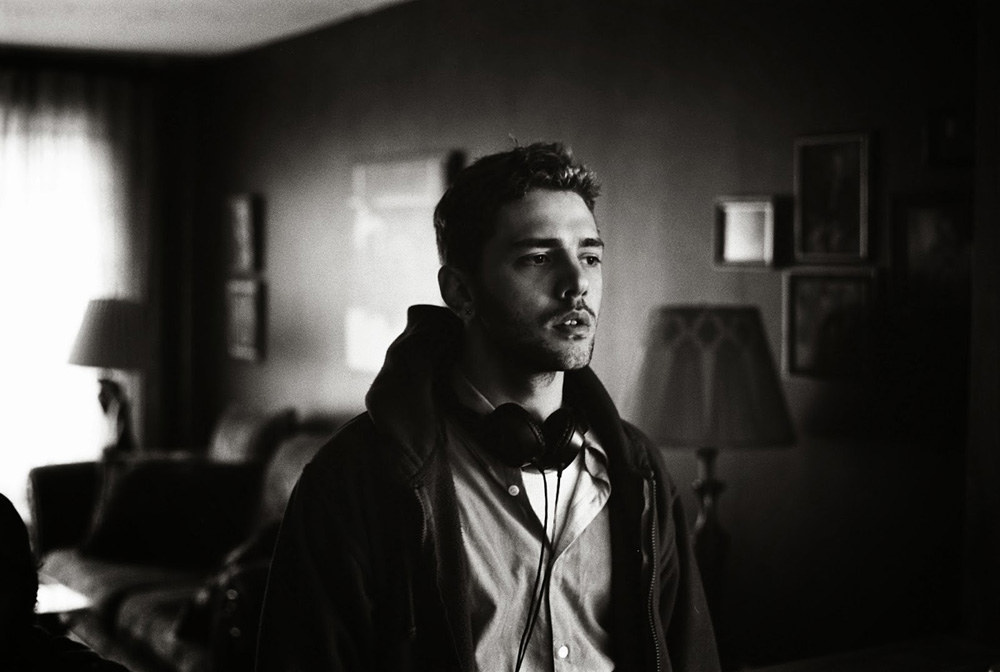Xavier Dolan is one of cinema’s most electrifying young auteurs and his six feature movies are defined by their captivating use of soundtrack. He believes music is not only the soul of his work but of the cinematic medium: “Music was the only voice of cinema for a very long time before we had sound; it’s organically linked to cinema itself. So I see no reason to restrain myself, thinking how much music to put in the film.” This unrestrained attitude characterizes his work, lending his movies an aesthetic that is both musical and absolutely cinematic.
While there are many filmmakers noted for their frequent and unique inclusion of popular music such as the idiosyncratic exuberance of Danny Boyle (Trainspotting, Slumdog Millionaire) or the post-Baby Boom wistfulness of Cameron Crowe (Almost Famous, Vanilla Sky), Dolan’s use of diegetic and non-diegetic music puts him into a category unto himself. Briefly, diegetic music is when the source of the music is visible onscreen—think the alien band in the Star Wars cantina scene—and non-diegetic music is the movie’s score—while it affects the audience’s experience of the movie, it cannot literally be heard by the characters on screen.
Nicolas Winding Refn, one of Dolan’s contemporaries, uses diegetic and non-diegetic music in a couple of very memorable sequences in Drive. “Under Your Spell” by Desire plays like the soundtrack to a party to celebrate Standard’s (Oscar Isaac) release from prison. In the next apartment, the Driver (Ryan Gosling) works in a darkly lit room. The music bleeds loudly into the room but quiets when the Driver exits into the hallway, where he encounters Irene (Carey Mulligan). In a later scene, the Driver, Irene, and her son go on a drive while “A Real Hero” by College plays over the montage. These songs provide fantastic accompaniment to the scenes and go a long way to expressing the inner feelings of Ryan Gosling’s outwardly stoic Driver; however, Refn’s songs primarily operate as superficial ear-candy to match his slick neo-noir visual style. Conversely, Dolan’s soundtrack choices have an emotional tenderness that digs under the skin and burrows into the soul of his characters. His impeccably curated song selections define and articulate their thoughts, fears, desires, hopes, and dreams. This puts Dolan into a category of his own. Each of his films can contain a mélange of disparate classical and contemporary artists such as The Cure, Celine Dion, or Brahms. In this way, Dolan’s soundtrack is uniquely timeless.
Above all, Dolan differs from other directors in his consistent use of expressionistic sequences that cloud the boundaries between music video and film. There is a symbiotic relationship between the music and visuals—one informing the other and vice versa—that makes it impossible to separate his mise-en-scène from the songs. The sound constantly transposes from diegetic source music to non-diegetic score; a character will put a cassette in the tape deck and the song will explode into a stentorian anthem that entwines into the very fabric of the film’s body. Within this unique music video aesthetic, Dolan crafts a splendorous visual world that is continually shaped and formed by melodies and rhythms.
Dolan’s semi-autobiographical directorial debut I Killed My Mother follows a wily, moody teenager named Hubert discovering his homosexuality while enduring a love/hate relationship with his controlling, kitschy-décor-adoring mother. Vive la Fête’s frenetic “Noir Désir” accompanies a scene where Hubert and his boyfriend Antonin splatter-paint a white room. Dolan alternates between slow motion and sped-up shots of the boys dipping their brushes into the Technicolor assortment of paint cans, the paint splattering on the walls, and, finally, them falling backward onto the newspaper-covered floor to have sex. This temporal manipulation conveys the whirlwind of young love and carnal desire. The music transitions the viewer to the next scene, where Hubert learns that his mother is planning to send him back to boarding school. As the lead singer’s orgasmic wails ascend into an ear-piercing scream, Hubert destroys his mother’s room. The thrashing guitars perfectly encapsulate the amalgamation of lust and fury in these scenes. Vive la Fête’s lyric “I can’t calm myself, let me rant and rage” is Hubert’s inner monologue.
But it is Dolan’s Mommy that contains his most audacious use of music. Mommy uses an Instagram-Esque 1:1 aspect ratio to visually embody Diane’s suffocating life as a working-class mother of an obstreperous teen. Rap music connotes her son Steve’s rebelliousness, but it is the rapturous 90s anthem “Wonderwall” by Oasis that supports his liberation from the shackles of his own self-destruction. The song overlays a montage of Steve finally achieving academic success with his tutor Kyla and getting along with his mother. Maybe Kyla is going to be the one that saves him, as Liam Gallagher sings. In a euphoric moment that best illustrates Dolan’s innovative marriage of music and cinema, Steve stretches his arms out during the song’s drum brake and the screen expands from its claustrophobic square aspect ratio to a relieving widescreen. For the first time, Steve feels hope.
And later, Dolan uses Ludovico Einaudi’s gorgeous orchestral composition “Experience” to plumb the emotional depths of a mother’s love. The Instagram aspect ratio once again expands to widescreen during a flash-forward montage of Steve graduating from school, attending college, marrying, and having a baby. But once the frame slowly rolls back to the confining square, we somberly realize that it was just Diana’s fantasy of what could have been, of everything she wanted her son’s life to be.
Xavier Dolan’s eclectic music exquisitely conveys the inner lives of his characters and how they perceive the world around them. Through music, we are able to feel their pain, ecstasy, joy, and fury. Dolan shows how extraordinary it can be when the magic of music and cinema unite. His movies, singular and exemplary, are built around musical sequences without which they would otherwise collapse.







